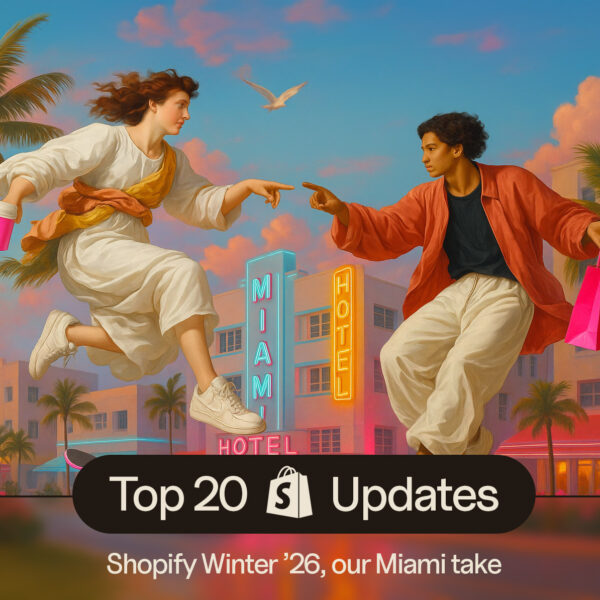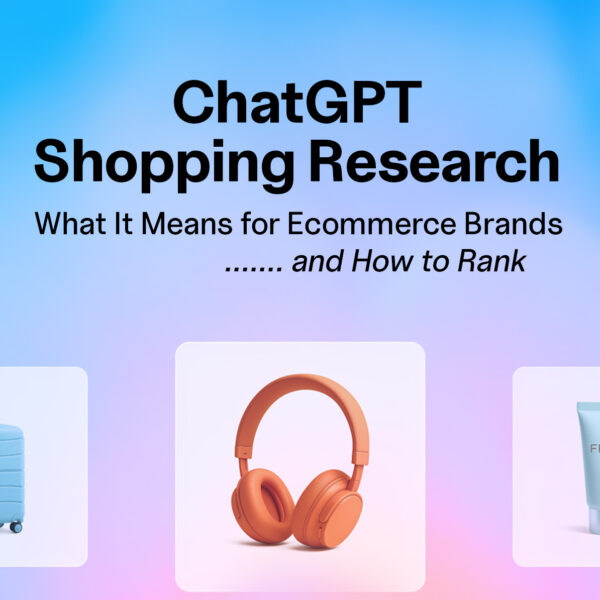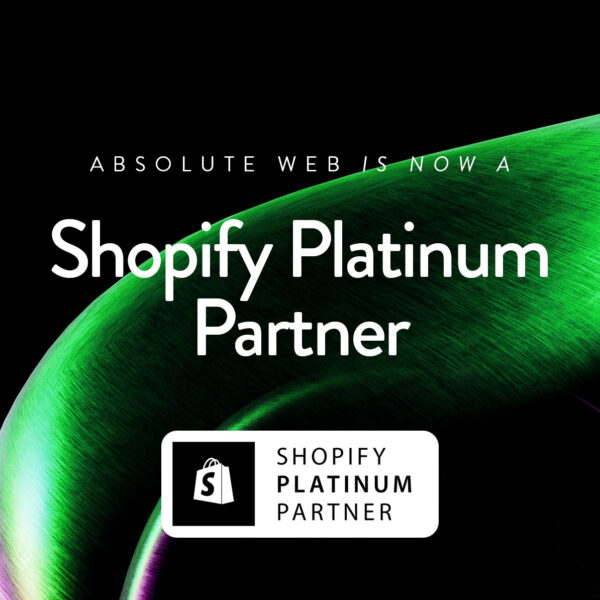
URL to IRL: Digitally Native Brands are Coming to Life with Pop-Up Shops
The rapid growth of ecommerce has changed the retail landscape. Although different, it is far from the “retail apocalypse” that industry analysts initially predicted. About 90% of purchases are still made in physical stores and, according to NPR, 56% of online consumers prefer doing their shopping in brick and mortar locations.
Therefore, it is no surprise that dozens of online stores are experimenting with developing a temporary, physical presence. By recognizing the shift in consumer preferences form experiences to things, digitally native brands have been able to successfully employ experiential pop-up shops across major cities.
Ecommerce brands like Glossier and Shopbop have made use of the pop-up model to better engage with their customers as well as understand their unique shopping preferences.
Glossier, the wildly successful skincare and beauty brand, has been praised for its consumer-first approach and successful pop-ups in busy cities like Miami, Seattle, Austin, and more. Their strategy involves focusing on and highlighting the flair and theme of the cities’ architecture and lifestyle to entice locals and bring in new customers. The brand’s pop-up shop success is often attributed to its Instagrammable decor and limited-time presence.

Glossier also launched a pop-up centered around their new perfume. The performance art-inspired Glossier You was a temporary store that consisted of an “enigmatic, interactive space that [allowed] fans to experience the scent in a ‘totally weird and unexpectedly luxurious way’ that [appealed] all five senses yet [didn’t] involve touching a perfume bottle.” This is something that you can’t exactly find when you walk into a traditional store and illustrates why pop-up shops remain a creative form of expression for many ecommerce brands.
The secret to the brand’s growth, as Brand Channel notes, is the fact that Glossier listens to consumer’s preferences and opinions, especially during their pop-ups. Basically, Glossier keeps the feedback loop open and lets consumers be part of the product execution experience.
Shopbop is another digitally native brand that recently launched a successful pop-up. The ecommerce fashion giant celebrated its 20th anniversary with a “pop-up party” during New York Fashion Week. It was greeted by designers, influencers, and everyday people who wanted to see the store in real life. The pop-up space was multifaceted and hosted yoga, informational panels, and various other sessions according to Yahoo! Finance.

Pop-up shops provide the following benefits: Affordability, profitability, direct to consumer opportunities, and valuable customer feedback. Experts say that many retail companies have found great success with temporary pop-up shops through building brand awareness and generating buzz. For ecommerce retailers, pop-up shops have been proven to boost sales, improve visibility, encourage community and social media engagement, among other benefits beyond digital.
Pop-ups also allow brands to foster relationships within a local community and interact with customers in a real-life setting. Shopify explains that customers visiting pop-ups have the chance to sample and try products before committing to making a purchase. Shopify goes on to write, “interacting with customers face-to-face allows retailers to address their concerns on the spot and have a more direct influence on their buying decision.”
A pop-up also allows online stores to engage with consumers on a personal level. It gives brands the opportunity to personalize the customer shopping experience, as the Storefront highlighted. This means creating an on-brand, aesthetically pleasing experience for the customer as they walk through the shop.
Affordability is a huge incentive for ecommerce retailers when considering how to bring their brand to life. Launching a pop-up is the most affordable option that will still effectively expand a brand’s reach and target new and loyal consumers. Typically, a pop-up costs 80 percent less than launching a physical storefront and creates buzz, excitement, and anticipation for limited edition products.
Although the concept of pop-up shops is not exactly new, the idea of integrating digital elements, such as tablets, apps, and interactive dressing rooms, certainly is. The Storefront writes, “You can also take a tech-inspired approach and bring your website to your pop-up, quite literally. For some, this may be introducing tablets or other devices that customers can use to browse your website. This brings the familiarity of the digital experience to the physical experience in your pop-up.”
Overall, pop-up shops are a great opportunity to introduce and provide visibility for your brand, launch exclusive, limited-time items, and inspire customers to meet the brand in real life while immersing themselves in a new experience.
More Articles
Top 20 Shopify Winter ’26 Updates Every ...
Our strategic take on the most important changes from Shopify’s…
Read more
ChatGPT Shopping Research: What It Means for ...
OpenAI just released ChatGPT Shopping Research, and it’s quietly becoming…
Read more
The Best Ecommerce Conferences and Marketing Events ...
Your guide to the most impactful, innovative, and ROI-positive events…
Read more
Powering the Next Era of Digital B2B: ...
Miami-based digital commerce agency Absolute Web has officially joined the…
Read more
OpenAI’s Atlas Browser Is About to Rewrite ...
OpenAI has officially unveiled ChatGPT Atlas, a new AI-powered web…
Read more
Absolute Web Achieves Shopify Platinum Partner Status
Big news 🚨 Absolute Web has officially been recognized as…
Read more
The Next Frontier in Ecommerce: Buying Directly ...
The news is out: OpenAI unveiled a major leap in…
Read more
Absolute Web’s ShopTalk Fall 2025 Review: AI ...
AI That Actually Moves KPIs – Who We Spoke To…
Read more
Social Feed









